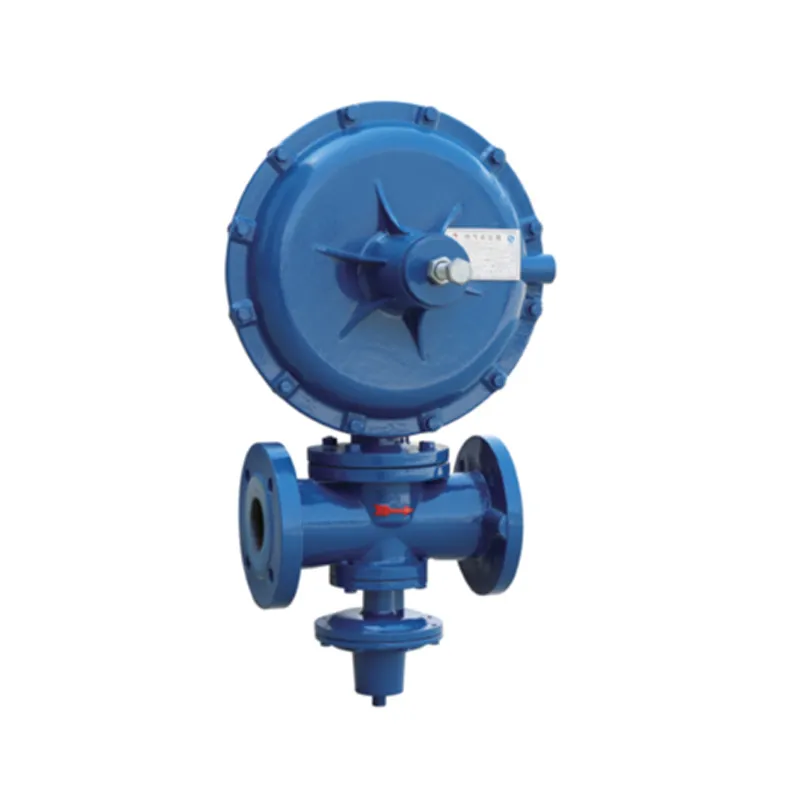
Dec . 17, 2024 13:26
Back to list
Natural Gas Pressure Regulation Facility for Safe Distribution
Understanding Natural Gas Pressure Reducing Stations
Natural gas serves as one of the most vital energy sources in modern society, powering homes, industries, and vehicles. However, due to the variable nature of gas extraction and the need for safe distribution, managing gas pressure becomes essential. This is where natural gas pressure reducing stations (PRSs) play a crucial role. These facilities ensure that the gas delivered to consumers is at a safe, usable pressure.
What is a Pressure Reducing Station?
A natural gas pressure reducing station is a facility that decreases the pressure of natural gas from high-pressure transmission pipelines to a lower pressure suitable for distribution in local networks. Typically located at strategic points in the gas distribution system, PRSs help maintain operational safety and efficiency.
How Does It Work?
The operation of a pressure reducing station begins with the entry of high-pressure gas from the main pipeline. This gas usually comes at pressures ranging from 200 psi to over 1,400 psi. Inside the PRS, the gas passes through a pressure control valve, also known as a pressure reducer. This valve automatically regulates the flow of gas, reducing its pressure to a preset level that is safe for distribution to end-users, which can range from 2 psi to 60 psi, depending on the requirements of the local distribution system.
Most PRSs are equipped with redundant systems to handle pressure fluctuations. If one valve fails or requires maintenance, the others can take over the load, minimizing the risk of disruptions. In addition, pressure monitoring systems are employed to continually assess the pressure levels of the gas flowing through the station, ensuring that they remain within the required limits.
Safety Features
natural gas pressure reducing station

Safety is paramount in the operation of pressure reducing stations. Various safety features are integrated into their design
1. Relief Valves These are installed to prevent over-pressurization within the system. If the pressure exceeds safe levels, the relief valves will automatically vent gas to a safe area.
2. Emergency Shutdown Systems In the event of a significant malfunction, these systems can quickly shut down the gas flow, isolating the station and preventing potential hazards.
3. Continuous Monitoring Many PRSs are equipped with remote monitoring systems that allow operators to track performance in real time and respond swiftly to any anomalies.
Environmental Considerations
Pressure reducing stations also play a role in minimizing environmental impacts associated with natural gas distribution. By optimizing pressure levels, PRSs can reduce the chances of leaks, which not only waste a valuable resource but also contribute to greenhouse gas emissions. Moreover, modern PRSs often incorporate environmentally friendly practices, such as using advanced materials that resist corrosion and longer-lasting components to minimize maintenance frequency.
Conclusion
Natural gas pressure reducing stations are indispensable components of the natural gas distribution network. They ensure that gas is delivered safely and efficiently to consumers while maintaining the integrity and reliability of the pipeline infrastructure. As the demand for natural gas continues to rise globally, the importance of these stations will only grow, necessitating ongoing investment in technology and safety measures to ensure they meet the evolving needs of society. By maintaining optimal pressure levels, PRSs not only enhance the efficiency of gas delivery but also contribute to the overall safety and sustainability of energy systems. Understanding the role and functionality of these stations is crucial as we move towards a more energy-efficient future.
Next:
Latest news
-
Safety Valve Spring-Loaded Design Overpressure ProtectionNewsJul.25,2025
-
Precision Voltage Regulator AC5 Accuracy Grade PerformanceNewsJul.25,2025
-
Natural Gas Pressure Regulating Skid Industrial Pipeline ApplicationsNewsJul.25,2025
-
Natural Gas Filter Stainless Steel Mesh Element DesignNewsJul.25,2025
-
Gas Pressure Regulator Valve Direct-Acting Spring-Loaded DesignNewsJul.25,2025
-
Decompression Equipment Multi-Stage Heat Exchange System DesignNewsJul.25,2025

